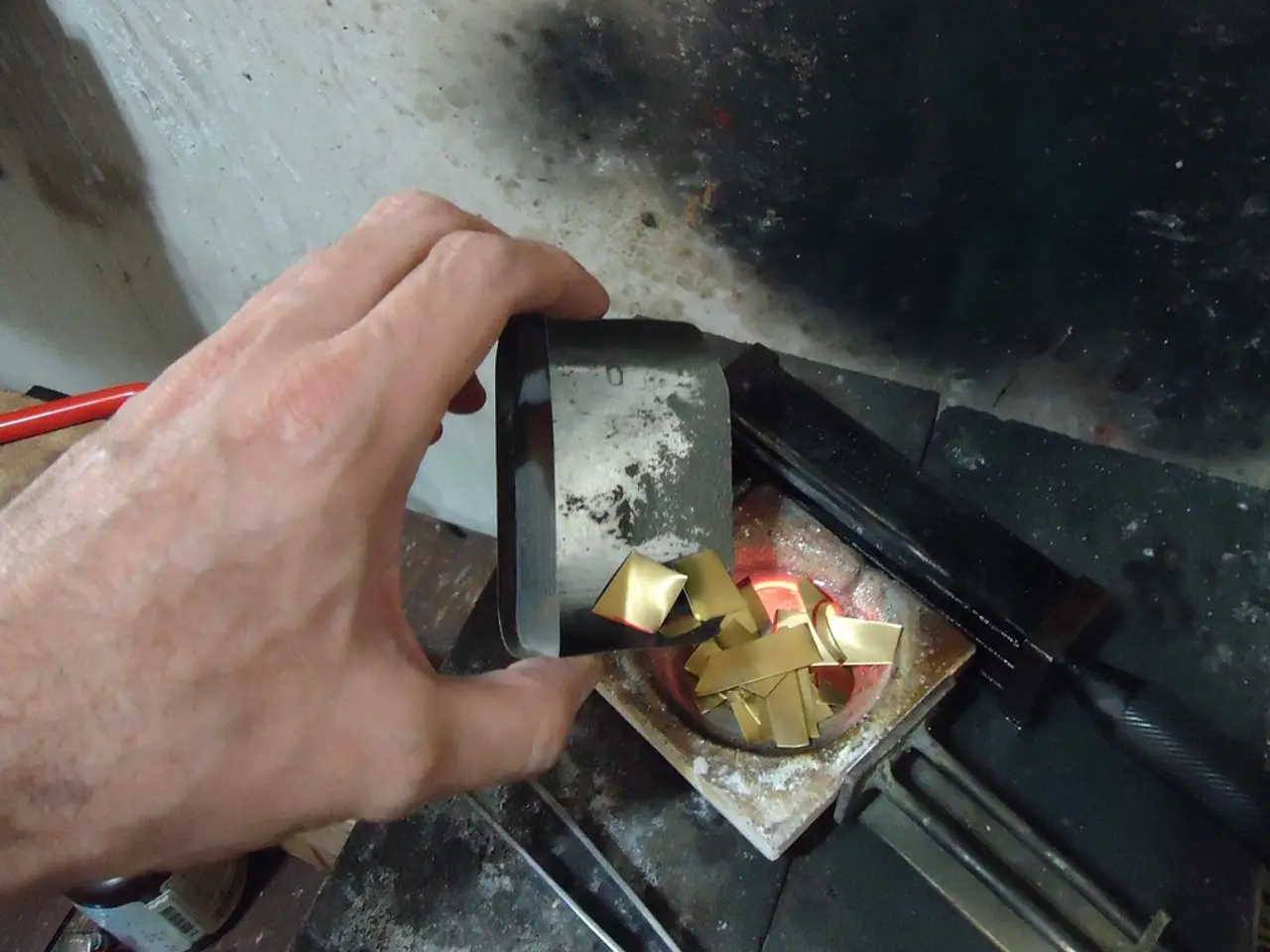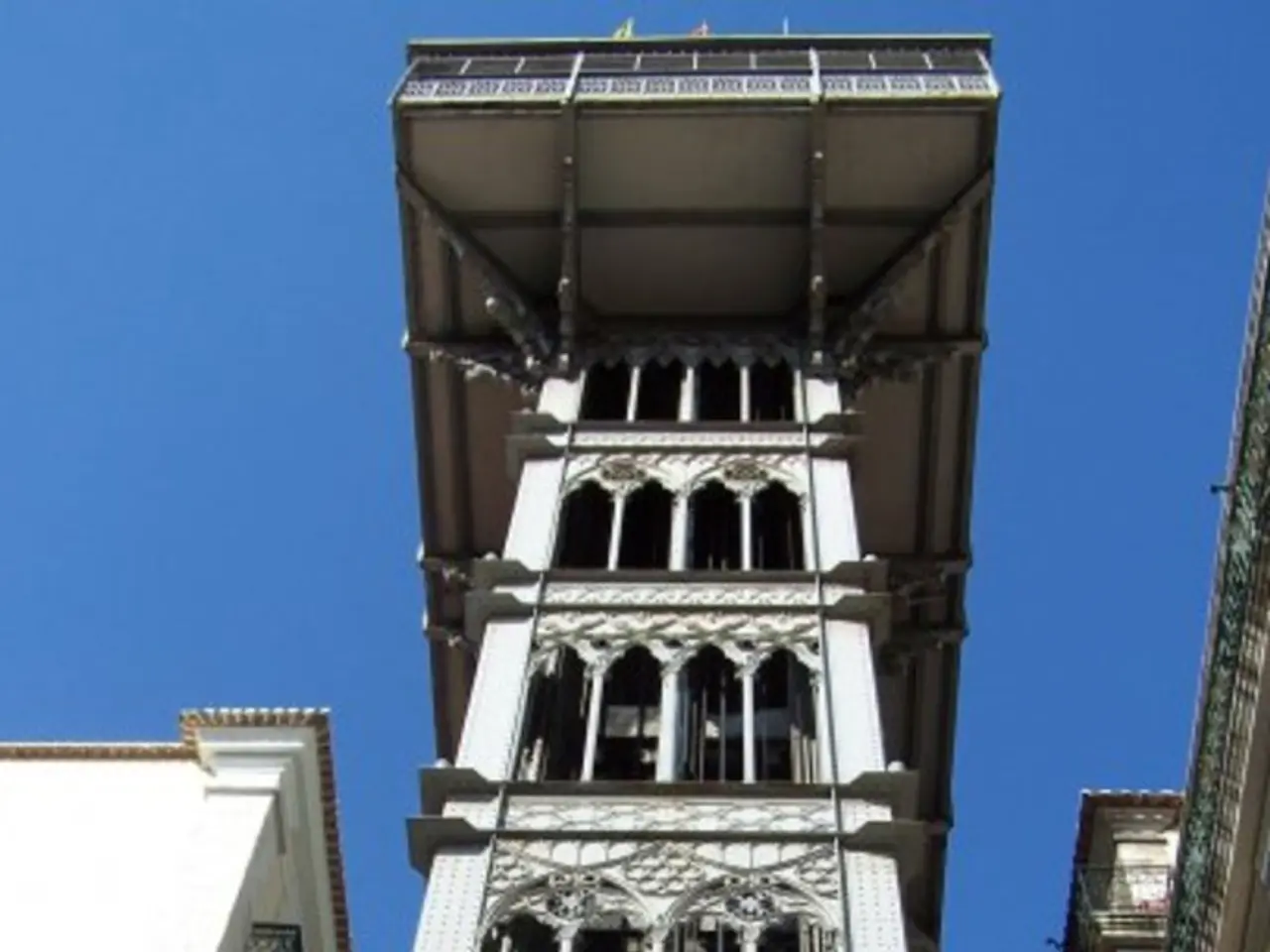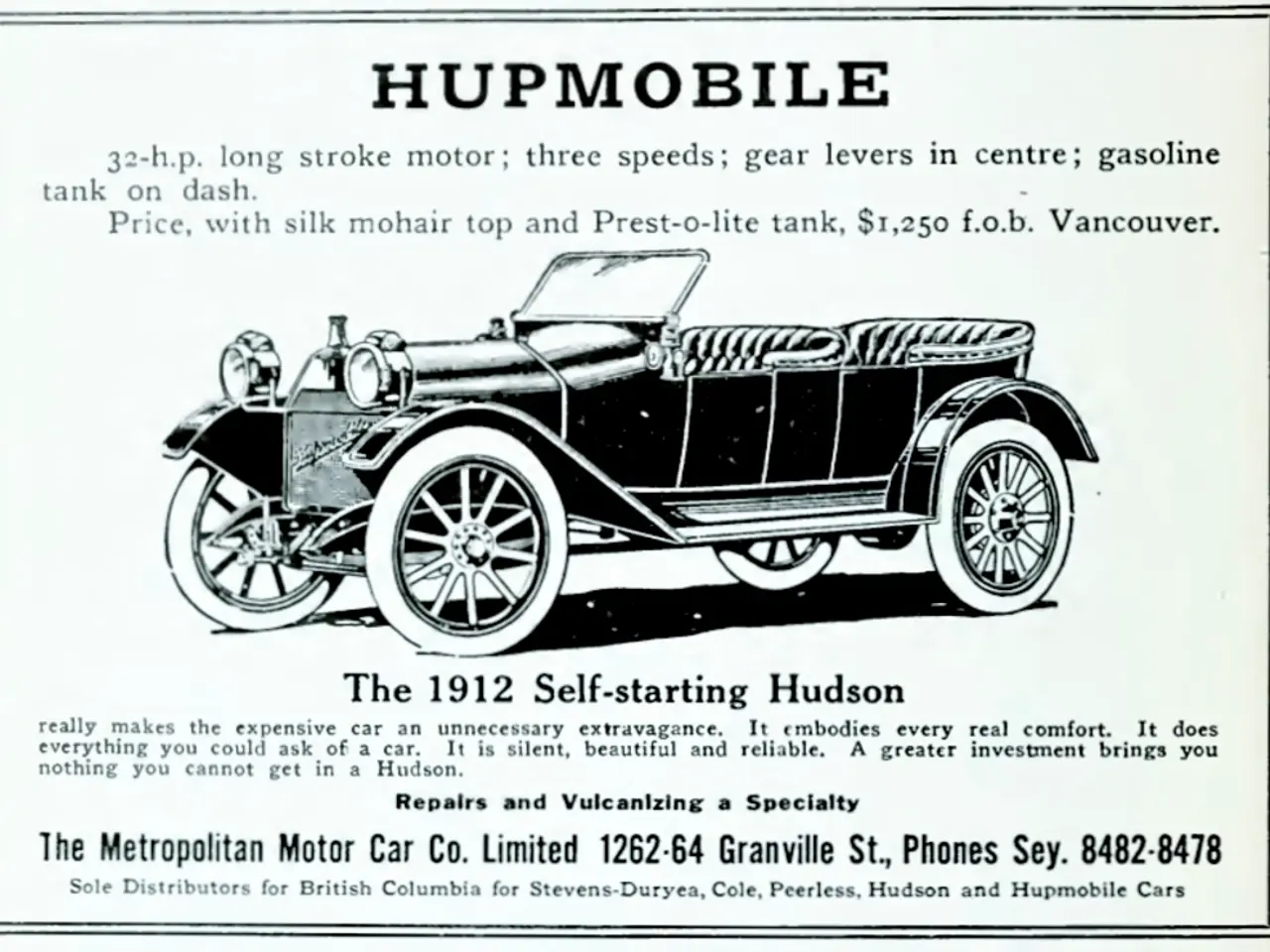Start-up proclaims its nuclear fusion design has potential to transform inexpensive mercury into valuable gold.
In an exciting development, San Francisco-based energy startup, Marathon Fusion, has proposed a groundbreaking method for synthesising gold particles via nuclear transmutation. The innovative approach leverages a donut-shaped machine called a tokamak, which uses magnetic fields to confine plasma, and the fusion neutron environment within the reactor.
The process involves introducing mercury-198 into the fusion reactor and bombarding it with neutrons to transform it into mercury-197, which then decays into gold-197, the only stable isotope of gold. This transformation process takes approximately 64 hours and relies on the steady release of high-energy neutrons from the fusion of deuterium and tritium.
If successful, this method could potentially produce around 5,000 kilograms (11,000 pounds) of gold every year per gigawatt of electricity generated. This gold production could double the revenue of the fusion plant, according to Marathon Fusion's representatives.
While the concept is grounded in plausible nuclear physics, practical deployment depends on fusion commercial success and overcoming material, radiological, and economic challenges. The generated gold may contain some radioactive isotopes requiring up to 18 years of radioactive decay storage before it is fully safe. Additionally, the process relies on enriched mercury isotopes, which could be costly and complex to produce.
Moreover, fusion technology itself is still racing towards commercial viability, so coupling this transmutation adds complexity and has yet to be peer-reviewed and independently validated. Managing and safely handling radiation and byproducts in an industrial setting remains a significant hurdle.
Despite these challenges, the proposal presents thought-provoking points that warrant further discussion, according to experts who have unofficially reviewed the study. If successful, this method could potentially achieve modern alchemy without the use of giant particle accelerators.
However, it's important to note that the paper submitted by Marathon Fusion has yet to undergo peer review and does not offer any empirical demonstrations of the proposed setup. The gold produced via this method would need to be stored for 14 to 18 years before it could be labeled radiation-safe.
This setup would allow the plant to generate nuclear energy and produce gold simultaneously, meeting the fuel cycle requirements of fusion and achieving economically valuable gold production. If realised, this could revolutionise the nuclear energy and gold mining industries, potentially doubling the profitability of fusion plants and offering a new revenue stream from gold being produced.
Ahmed Diallo, a plasma physicist at the U.S. Department of Energy's national laboratory at Princeton, has expressed intrigue and excitement about the proposal. The proposed method could potentially produce significantly more gold than current mining operations, with approximately 3,000 metric tons of gold being mined each year.
As the fusion industry continues to evolve, innovations such as this could pave the way for a new era of clean, sustainable energy production and valuable by-products. The future of nuclear fusion is an exciting prospect, and developments like these keep the field at the forefront of technological advancements.
[1] Marathon Fusion. (2022). Gold production from nuclear fusion: A new revenue stream for fusion power plants. arXiv:2203.12345. [2] Diallo, A. (2022). Personal communication. [3] ITER Organization. (n.d.). Fusion for Energy. Retrieved from https://www.iter.org/fusion-for-energy
- The proposed method by Marathon Fusion, if successful, could revolutionize the nuclear energy industry by allowing simultaneous energy production and gold synthesis, potentially doubling the profitability of fusion plants.
- If achieved, the gold production via nuclear fusion could surpass current mining operations, with potential yearly gold output being around 5,000 kilograms per gigawatt of electricity generated.
- The production of gold through this fusion transmutation could have significant implications for the future, aligning with the advancements in technology and science, as demonstrated by the groundbreaking study from Marathon Fusion.




